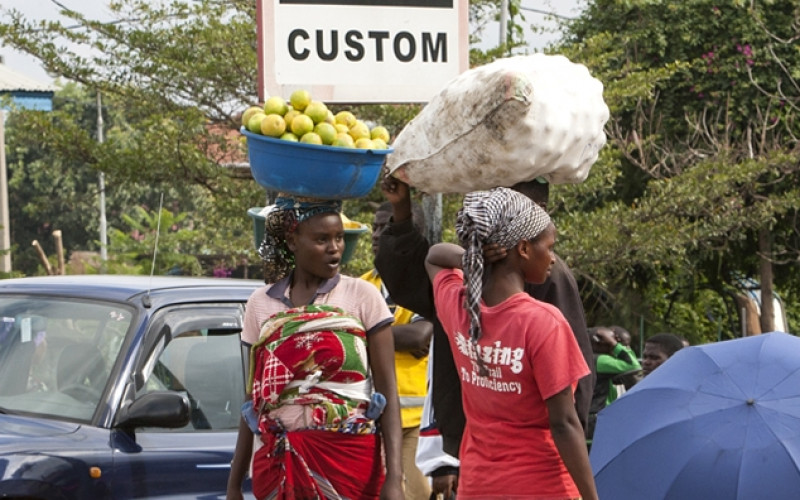As reported in this paper, he compared the unemployment situation here to the employment success story of Brazil, and counseled that taxation policies, not labour laws, were to blame for our persistent unemployment problem. This focus on a reduction in taxation is in line with the New Growth Path (NGP), wherein government has announced its desire to attract more foreign direct investment (FDI) in manufacturing by implementing low effective taxation rates. FDI is viewed as critical for development. Given the recently-announced 43.6% drop in foreign direct investment (FDI) to South Africa this year, in the context of rising FDI to the continent as a whole, lowering effective taxes is being seen as a silver bullet of sorts.
Chris Hart is right; unemployment is a critical problem faced by South Africa. This year, the Organization for Economic Co-operation and Development (OECD) reported that in South Africa only 40 per cent of those of working age have jobs, compared to 65 per cent in Brazil. We took a direct comparison of South Africa and Brazil and drew conclusions different to those advocated for by Chris Hart.
Cross-country studies conducted by the World Bank in 2011 have indicated that lowering effective taxes can indeed attract investment, reduce tax evasion, enhance the creation of Small and medium enterprises (SMEs), and ultimately raise sales and gross domestic product. Small and medium enterprises (SMEs) are rapidly being seen as the solution to South Africa’s persistent youth unemployment. A study by Trade and Industrial Policy Strategies (TIPS) provides a solid basis for this belief, finding that between 1985 and 2005 90% of all formal jobs in South Africa were created by small, micro and medium enterprises (SMMEs). As such, reducing effective taxes with an objective of attracting manufacturing FDI and creating SMEs is being seen as a means to resolving this market failure.
But the 2012 World Economic Forum (WEF) global competitive report indicates that in South Africa tax is not the problem. The report actually finds that effective tax rates and regulations represent the least important of all obstacles to doing business in South Africa, amounting to only 0.7% of all obstacles according to their business survey.
So if taxation is not South Africa’s major problem, what is? The report finds that leading obstacles to expanding the private sector in South Africa through SMEs and FDI are an inadequately educated labour force, and restrictive labour regulations. These cannot be resolved by tampering with the effective tax rate as initially believed by government, and advocated by Chris Hart.
What more can be said of the Brazilian example? Like South Africa, Brazil has very stringent labour laws. However, according to the same WEF report, stringent labour laws in Brazil only account for 10.1% of obstacles to doing business there, whereas they account for 18.5% in South Africa. Crucial barriers to doing business in Brazil appear to be tax regulations, accounting for 18.7% of all obstacles, inadequate supply of infrastructure (17.5% of obstacles), and effective tax rate (17.2% of obstacles).
Despite this, Brazil has managed to substantially increase its employment levels while South Africa has not. Since 2003, Brazil created 8 million formal jobs before the 2008 global financial crisis, which shed 600 000 jobs. Post crisis, Brazil doubled its pre-September 2008 job creation rate.
Lessons from Brazil seem to indicate that both supply-side and demand-side matter. Increased school coverage and increased labour subsidy nurtured and improved skills of the labour force in Brazil. These complemented and accelerated the creation of SMEs and attracted FDI, which led to the recovery of growth impacts on the elasticity of the demand for labour.
Perhaps the most important underlying lesson here is context. In Brazil, major obstacles to expanding the private sector include tax regulations, infrastructure and high effective tax rates. By contrast, in the case of South Africa, pressing issues include inadequately trained labour force and restrictive labour laws. South Africa ranks 143 out of 144 countries on hiring and firing practices, and 140 on flexibility of wage determination according to the WEF global competitive index. Brazil ranks significantly higher on these scales (114 and 118 respectively).
As such, it only makes sense for South Africa to focus on labour laws in the short term, and education in the longer term so as to create a favourable business environment. Government is on the right track amending labour laws, because in South Africa, tax, on its own, is definitely not the silver bullet.







